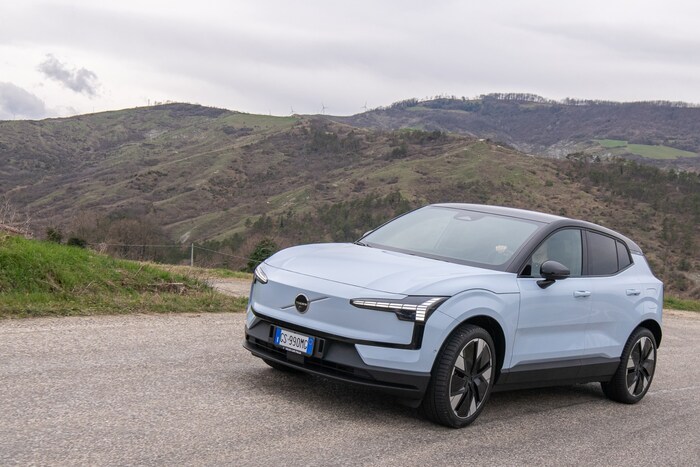Icon: enlarge
Protest for car-free cities
Photo: The mirror
Have you ever wanted to go straight and turn around at the same time?
No?
Well, that would be illogical - and dangerous.
Unfortunately, however, this picture describes the transport policy in Germany - and it is shockingly accurate.
The list of politicians who loudly advocate a "traffic turnaround" and at the same time not move a millimeter away from mobility dominated by the car is in any case very, very long.
In the end, the resulting measures reliably get in each other's way - in the same way that cyclists clash with drivers on badly planned routes.
Is it perhaps because many politicians just pretend to turn around?
Learn from experiments
This is the conclusion reached by anyone who examines transport projects and tests at home and abroad in detail, as SPIEGEL recently did.
We have published the research results on these projects, which are to redistribute the street space and make cities more livable, in the past few days.
The finding: the model tests work, the feared negative consequences mostly did not materialize.
And yet the findings hardly flow into everyday traffic planning.
Berlin and Paris, for example, quickly converted car lanes into pop-up cycle paths during the corona pandemic.
As a result, the number of cyclists has increased significantly and traffic has been straightened out.
In some cases it was possible to establish a more comfortable and, for all parties, significantly safer traffic route.
At the same time, there were no new traffic jams for drivers.
Traffic just wandered a block or two further.
It also works to calm entire residential areas in terms of traffic by bundling through traffic or completely blocking individual streets for motorists.
In Barcelona, livable islands were created in the big city.
In Tübingen, it was possible to push back car traffic from a central inner city axis.
The low price: a slightly longer journey for some drivers.
Transport policy in Germany is contradictory because these and similar model experiments are almost always rated positively and are also often presented as model solutions.
In the end, however, they all too often remain fig leaves with no broad impact.
In the worst case, they are badly meant and well done.
Then they do more harm than good.
Why it fails
Even in the new Corona reality, Germany is still stuck in traffic jams.
Every day.
Commuters swear, residents even more.
And what is the Ministry of Transport doing to change this?
Minister Andreas Scheuer likes to be photographed on electric scooters and raises hopes for air taxis.
Technical innovation will fix it.
Redistribute the street space - the municipalities can test that in a pilot project.
Icon: enlarge
Andreas Scheuer drives an e-scooter through the aisles of the Ministry of Transport
Photo: Michael Kappeler / dpa
The explanation for these grievances is simple: Small gifts - here a few bollards to calm the traffic, there a wider cycle lane - do not hurt anyone.
Hardly anyone dares to permanently withdraw privileges from drivers beyond a few model projects.
Incidentally, this not only applies to moving cars, but also to parked cars.
Because although a car parked on the street takes up around 15 square meters of public space, residents in Germany park it for free: more than a good 30 euros annual fee may not be charged for residential parking in Germany.
That's eight cents a day.
According to model calculations, the real costs of a public parking space are several thousand euros.
The car is not supposed to be downplayed across the board here.
Depending on the family situation and residential area, it may well be the most suitable means of transport.
But it is also clear that in the big city, cars stand in the way of other means of transport.
However, space in the city centers is scarce.
Cars usually only occupied by one person use it extremely inefficiently:
Icon: enlarge
The space required by 72 people traveling around the city by car, bike or bus.
Illustrated by a Münster action from 1991 that has meanwhile become internationally known.
Photo: City of Münster press office
How are you doing better?
Ideally, you learn things from model projects and apply them on a larger scale.
For the big cities this would mean, for example: More bike paths must be found that make driving more comfortable and safer.
These can also be set up well planned without creating additional traffic jams.
Furthermore, larger closures are suitable for increasing the quality of life.
However, such approaches can only be established across the board if it is clear what future mobility should look like.
Otherwise they remain symbolic politics.
In view of the limited space and also with a view to climate change, there is no other choice than to give priority to other modes of transport than the car.
Riding a bike or using public transport must become more convenient, faster and more reliable.
Only then will people be ready to leave the car behind.
Icon: The mirror









